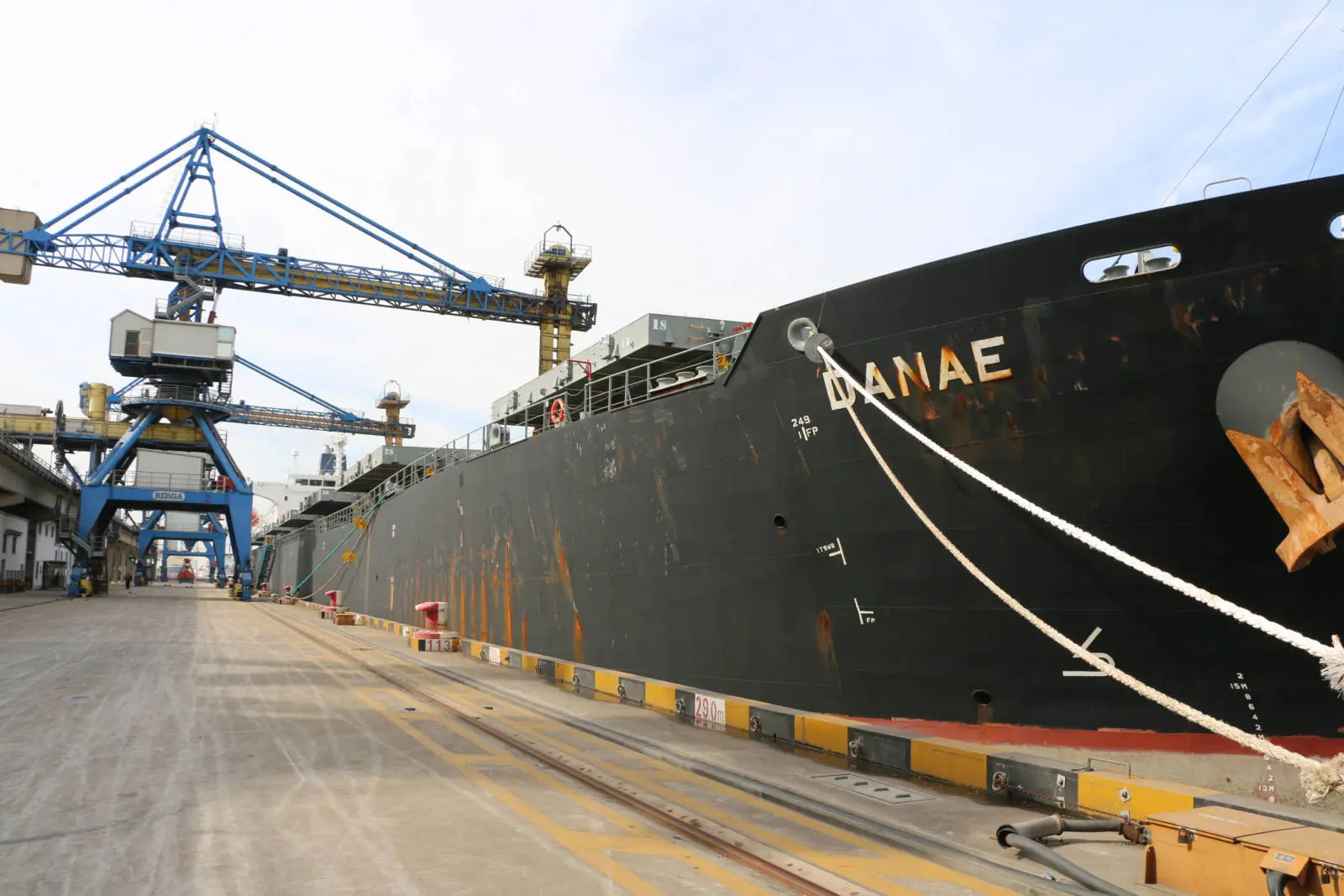Collaboration is the key takeaway from the recent 35th anniversary celebration of U.S. soy in China.
In September, North Dakota farmer Austin Langley traveled to Beijing, Shanghai and Hangzou to take part in a mission that marked 35 years of partnership between the U.S. soy industry and China. Langley, of Warwick, is a director and treasurer for the North Dakota Soybean Council.
A delegation of U.S. grower leaders, representing more than 300,000 U.S. soy farmers, visited China from September 16-23, on a mission that marked this milestone.
Langley, who calls the visit “fast-paced,” says that the group went from talking with government officials and industry leaders in Beijing, to discussing the importance of trade policies, to meeting with feed mill buyers in Hangzou, to visiting an aquaculture farm in the Shanghai area, all in the course of a few days.
He says that the mission was eye opening in a number of ways. “A lot of times, we farmers drop our beans off at the elevator and just forget about it.” When soybeans are put on a train car in North Dakota, they are shipped to the Pacific Northwest. “It takes 18 days for the beans to go from Seattle to Beijing.”
At a meeting with the Ministry of Agriculture in Beijing, delegates met with Ye Anping, deputy general, Department of International Cooperation, who called for the U.S. soy industry to focus more efforts on public education around biotechnology.
“We need to stand in each other’s shoes and understand our positions. That’s the best way to mutual understanding,” Mr. Ye said.
Speaking to the U.S. growers, Mr. Ye continued, “We can see that you are all very proud to call yourselves farmers. One day, when Chinese farmers are also proud to say they are farmers, that’s when we’ll know that we modernized agriculture.”
At the Chinese Feed Industry Association Meeting, the grower leaders met with He Xintian, secretary general, who stated, “Our organizations have great potential for collaboration. We require more and more soybeans every year. Soybean production in China cannot meet demands of the market here, and U.S. soybeans have a great reputation in this market.”
Prior to the 35th anniversary celebration gala, the U.S. delegates met with U.S. Ambassador to China Terry Branstad in order to learn more about the market for U.S. soy in China. The grower leaders listened to Ambassador Branstad’s views about the overall relationship between the U.S. and China, China’s view of the U.S. as a supplier of agriculture products, China’s own ag production, biotech approvals and China’s continued demand growth for soybeans.
The group toured the Hebei Hopefull Grains and Oils Company, one of the biggest privately-owned soybean-crushing groups in China and an active participant in the U.S. soy industry’s activities both in China and the U.S. During the 2015-16 marketing year, the Hopefull Group was one of the top 10 importers of U.S. soybeans with a total purchase of over 1 million metric tons (MMT); the U.S. share of the company’s total purchase was 46 percent, 11 percentage points higher than the national average of 35 percent.
In Shanghai, the U.S. delegation toured the U.S. Soybean Export Council’s (USSEC) intensive pond aquaculture (IPA) farm in Songjiang. IPA technologies utilize U.S. soybean meal as a primary ingredient for fish feed and help to create a preference for U.S. soybeans. China is the world’s largest aquaculture-producing nation, accounting for more than 60 percent of the global aquaculture production.
In Hangzhou, participants attended the 13th JCI autumn conference and a gala dinner.
On the mission’s last day, participants visited the Liangyou Port Logistic Complex in Waigaoqiao, Pudong, where they saw a Panamax from the U.S. Pacific Northwest unloading bulk soybeans.
China remains U.S. soy’s top customer, buying more than one of every four rows of soybeans which are grown in the United States.
“As farmers, we wear a lot of hats, but we need organizations like USSEC to work with countries like China, not just to make contacts but to keep markets open for our soybeans,” says Langley.
“It’s really important for the next generation, like me, to get involved,” Langley emphasizes. “We are the future of trade.”




